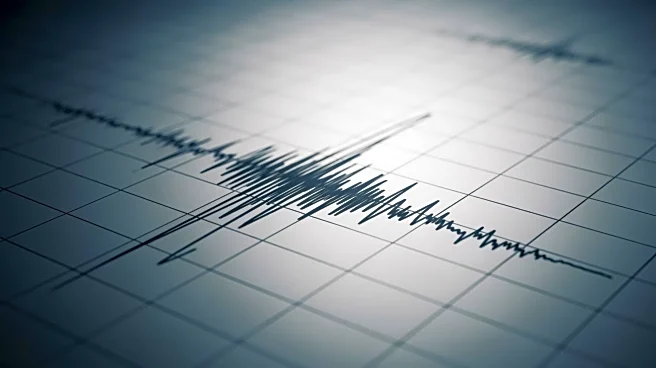What's Happening?
Researchers led by Professor Dr. Miriam Christina Reiss at Johannes Gutenberg University Mainz have made significant discoveries regarding tremor signals beneath Tanzania's Oldoinyo Lengai volcano. The team successfully detected and mapped the tremor signals in three
dimensions, revealing their location and depth below the surface. This research provides new insights into the movement of magma and gases within the Earth, which could enhance the understanding of volcanic behavior and improve eruption forecasts. The study, published in Communications Earth & Environment, highlights the diversity of tremor signals and their connection to volcanic activity.
Why It's Important?
Understanding tremor signals is crucial for advancing the science of volcano seismology. These signals, which occur when magma moves beneath the surface, can indicate the internal state and activity level of a volcano. By pinpointing the exact location and nature of these tremors, scientists can better predict volcanic eruptions, potentially reducing risks to nearby communities and improving disaster preparedness. The findings from Oldoinyo Lengai, the world's only active carbonatite volcano, are particularly valuable due to its unique characteristics, offering a broader understanding of volcanic processes.
What's Next?
The research team plans to continue analyzing tremor signals to distinguish between those that are precursors to eruptions and those that are merely background activity. This ongoing work aims to refine eruption forecasting models, which could lead to more accurate predictions and timely warnings for affected regions. Further studies may also explore the application of these findings to other volcanoes, enhancing global volcanic monitoring efforts.
Beyond the Headlines
The study of tremor signals not only advances scientific knowledge but also raises questions about the ethical implications of living near active volcanoes. Improved forecasting could influence public policy decisions regarding land use and emergency management, potentially leading to safer living conditions for communities in volcanic regions.














